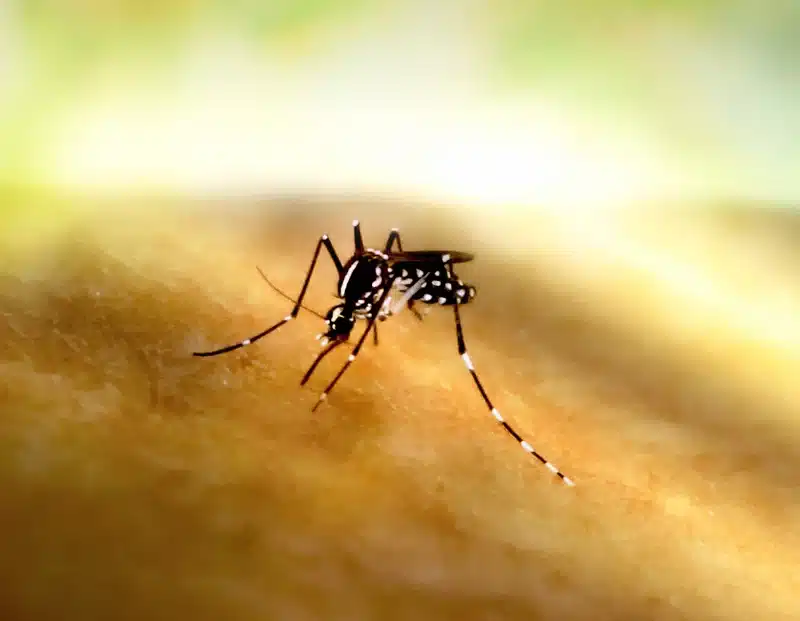When you’re dealing with pests in your home, understanding exterminator cost helps you make the right choice for your family and budget. Whether you’re facing ants in the kitchen, mice in the basement, or termites threatening your home’s structure, pest control cost varies widely based on several factors.
I remember going out on a job in Alexandria during my training where a homeowner noticed just a small bulge in their window sill. When we checked the crawl space, we discovered years of advanced termite damage that could have been prevented with early intervention. This experience really drove home how the level of service you choose can have an enormous financial impact over time.
Market Snapshot: Average Exterminator Cost for Common Pest Types
According to HomeAdvisor’s 2025 data, the national median sits at $171 per job, with most homeowners paying between $108 and $261. However, Forbes Home reports the overall U.S. average at $450, with a range from $100 to $8,000 depending on pest type and treatment complexity.
In the DMV area, exterminator cost typically falls near these national medians. However, termite work often runs higher because of our region’s high water table and moisture conditions. Additionally, our area’s diverse pest pressure - from subterranean termites to Asian tiger mosquitoes - means pest control service costs can vary significantly.
The price spectrum runs from basic ant treatment at $100 to whole-house fumigation reaching $8,000. Most homeowners find their pest control cost falls somewhere in the middle range, especially when they choose proactive monitoring over reactive treatment.
Types of Pest Control Services for Various Insect and Rodent Pests
One-Time Treatment Options
One-time pest control services typically cost $100 to $600 for common insects. This exterminator cost includes inspection, targeted application, and a limited follow-up window of about 30 days. These services work best for specific situations like wasp nest removal, single rodent issues, or pre-settlement real estate clearances.
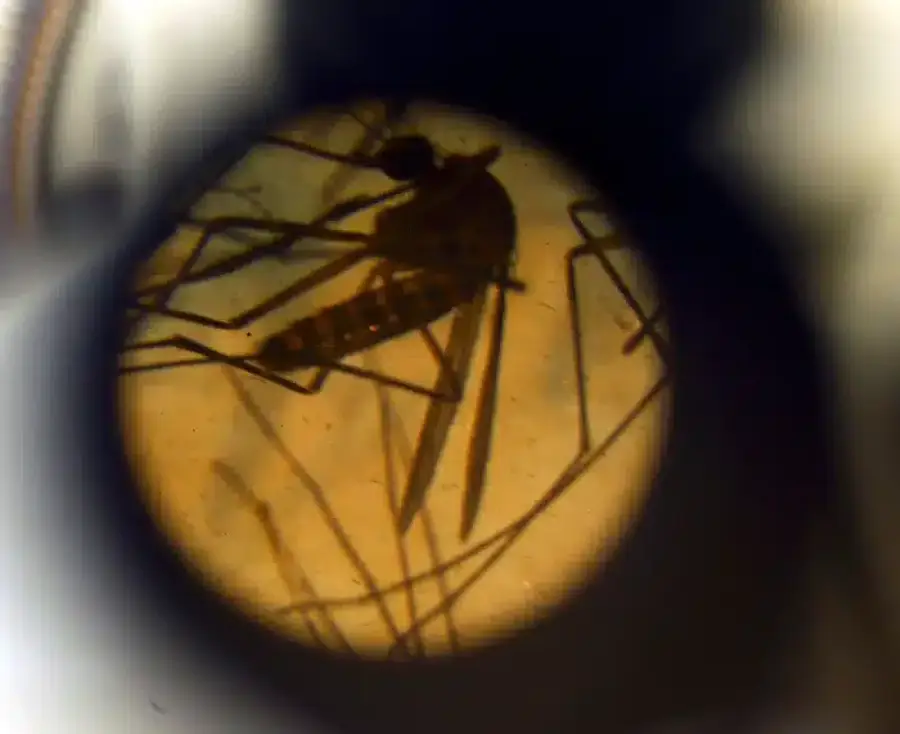
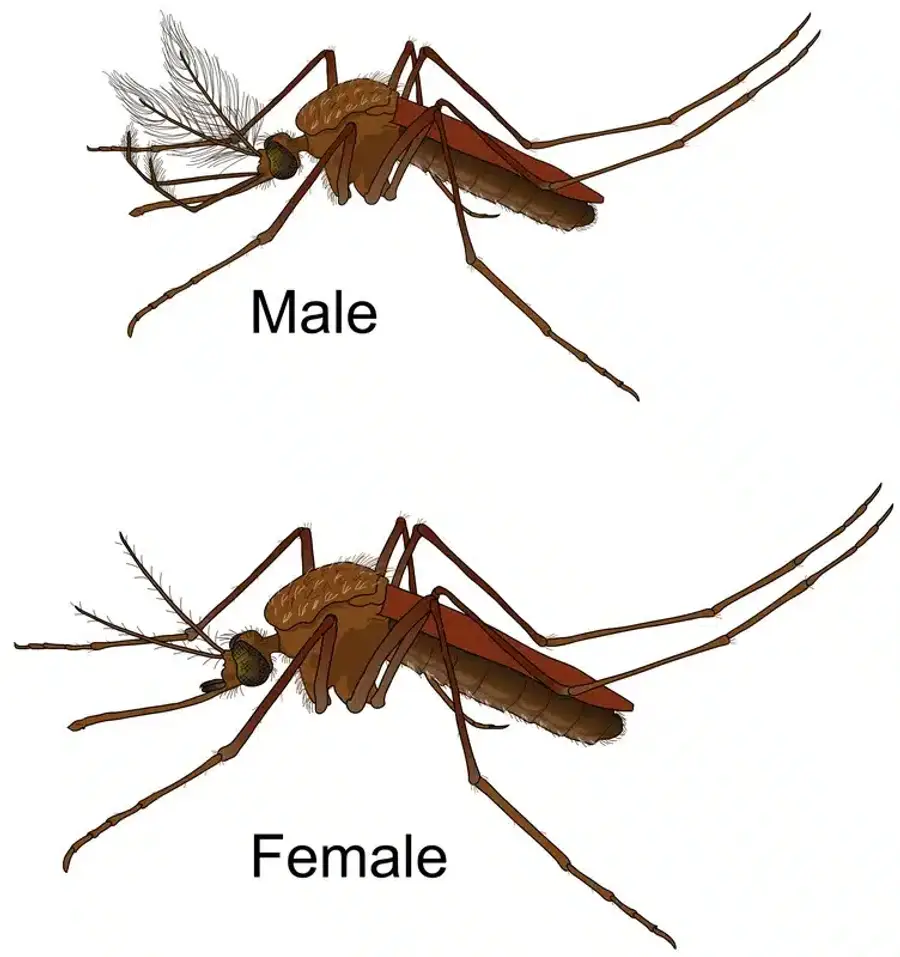
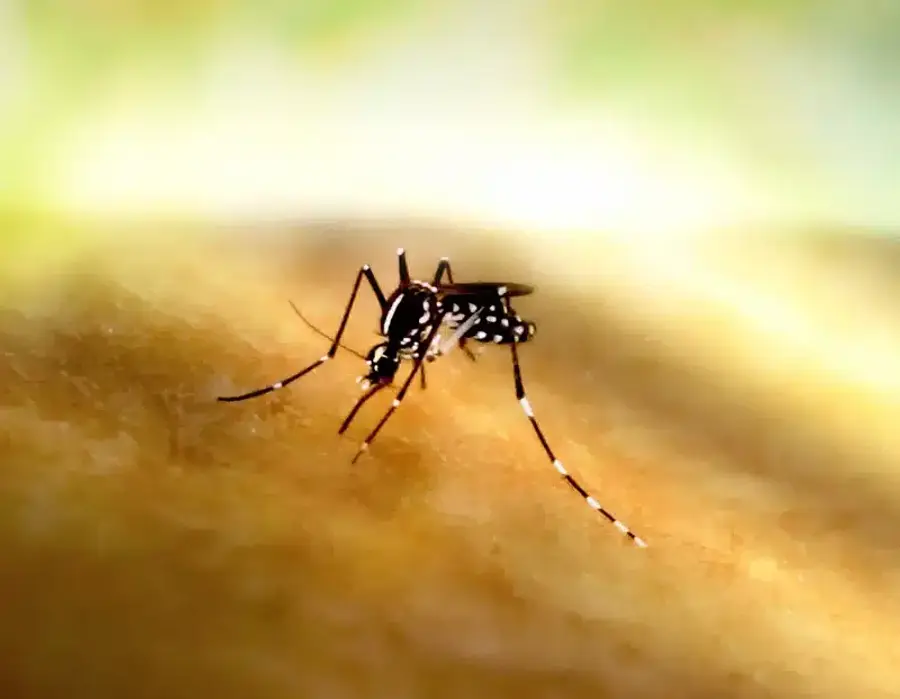
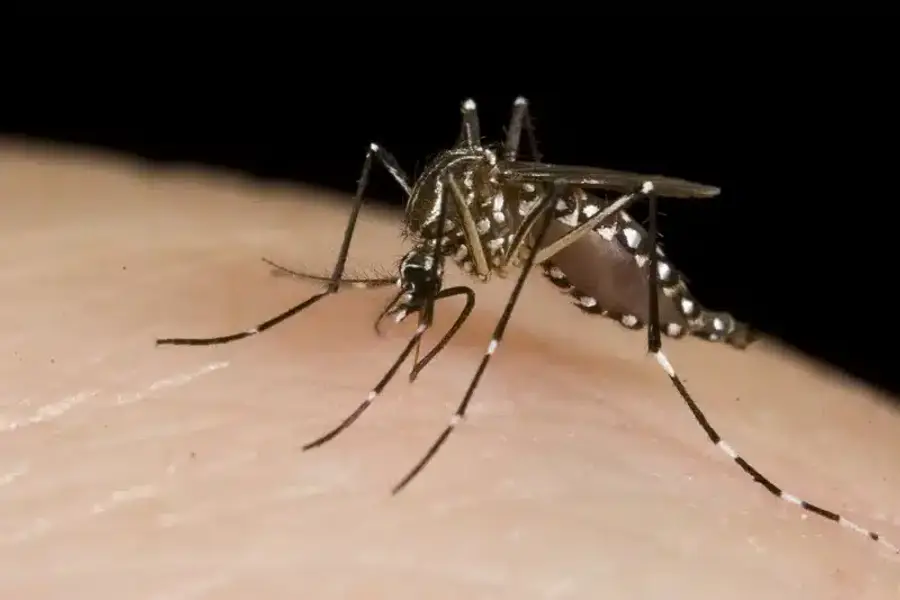
The average cost for this type of service appeals to homeowners who prefer addressing problems as they arise. However, through working with over a hundred termite cases, I’ve found that reactive approaches often become more expensive than proactive plans.
Initial Setup for Recurring Contracts
The first visit in a recurring pest control service usually costs $150 to $300 - typically the most expensive single appointment. This higher exterminator cost reflects the extensive diagnostic time, monitoring device placement, entry point sealing, and client education involved.
Your registered technician spends extra time during this visit to understand your specific pest challenges. They’ll also establish baseline monitoring that makes future visits more efficient and effective.
Monthly Maintenance Programs
Once your pest situation is under control, monthly visits typically cost $40 to $80 per trip. These services include re-baiting rodent stations, refreshing barrier treatments, and monitoring pest populations.
For rodent control specifically, our recurring plans start around $39 per month after a one-time setup fee. This approach proves much more cost-effective than dealing with a severe infestation that’s been allowed to grow.
Tri-Annual Pest Control Programs
Tri-annual programs (three services per year) remain the most popular choice in the DMV area, costing $98 to $300 per visit. This translates to $294 to $900 annually, depending on your home’s square footage and specific pest challenges.
These programs typically include exterior perimeter spray or granular applications, spot interior work as needed, detailed reporting, and free re-service between scheduled visits. The Better Promise means unlimited callbacks until we solve your pest problem.
Our comprehensive cost guide breaks down exactly what different service levels offer and how they compare financially over time.
Annual Whole-Property Packages
Annual pest control bundles range from $300 to $900 for general pests. When you add termite monitoring or wildlife services, costs increase accordingly. These packages include once-per-year comprehensive inspection plus warranty coverage.
For homeowners who prefer minimal interaction with their pest control service, annual packages provide peace of mind. However, they may not catch problems early enough to prevent significant damage.
Premium All-Inclusive Programs
Our most comprehensive option, SeasonGuard+, starts at $95 per month for new construction homes. This premium package layers termite protection, mosquito season spray, tick control, and general pest management into one convenient program.
The baseline cost covers 9 planned services per year targeting different seasonal pest pressures. Because different pests require different approaches throughout the year, this scheduling maximizes effectiveness while controlling costs.
Exterminator Cost by Pest Type
Ant Exterminator Cost and Treatment
Ant control typically costs $100 to $500 for one-time service, though carpenter ants can push costs higher due to their wood-damaging behavior. Effective ant control often requires multiple treatment methods depending on the species.
In my experience in the DC metro area, ants typically respond well to targeted baiting and perimeter treatments. The severity of infestation and nesting location significantly impact the final cost. Carpenter ants, especially, may require more extensive treatment if they’ve established colonies in structural wood.
Our ant programs start around $39 monthly with setup fees. This ongoing approach prevents colonies from becoming established and causing more expensive damage.
Termite Control Costs and Options
Termite treatment costs vary dramatically based on the approach. Sentricon monitoring systems offer proactive protection, while liquid barrier treatments cost $225 to $2,500. Whole-house tenting reaches $2,000 to $8,000 for severe infestations.
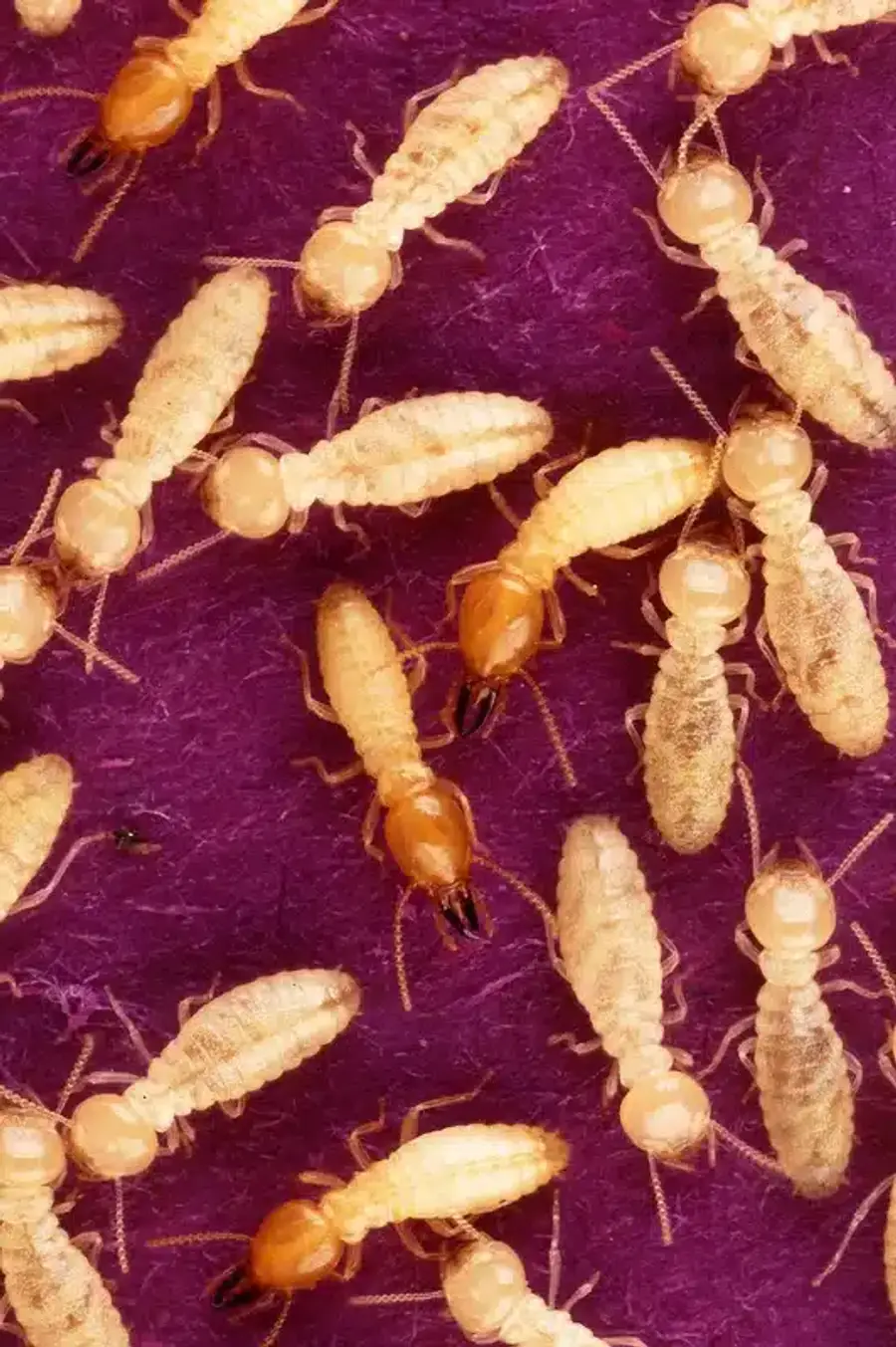
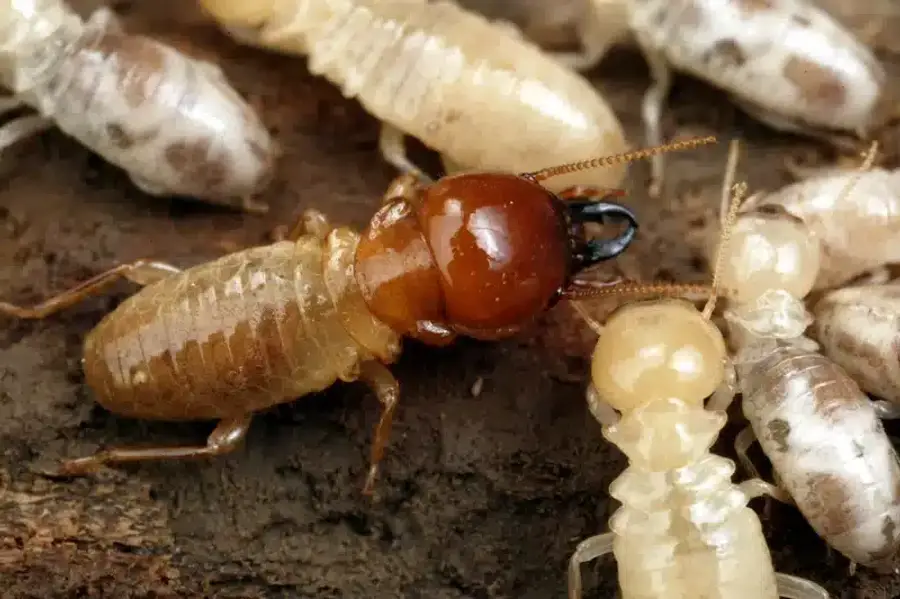
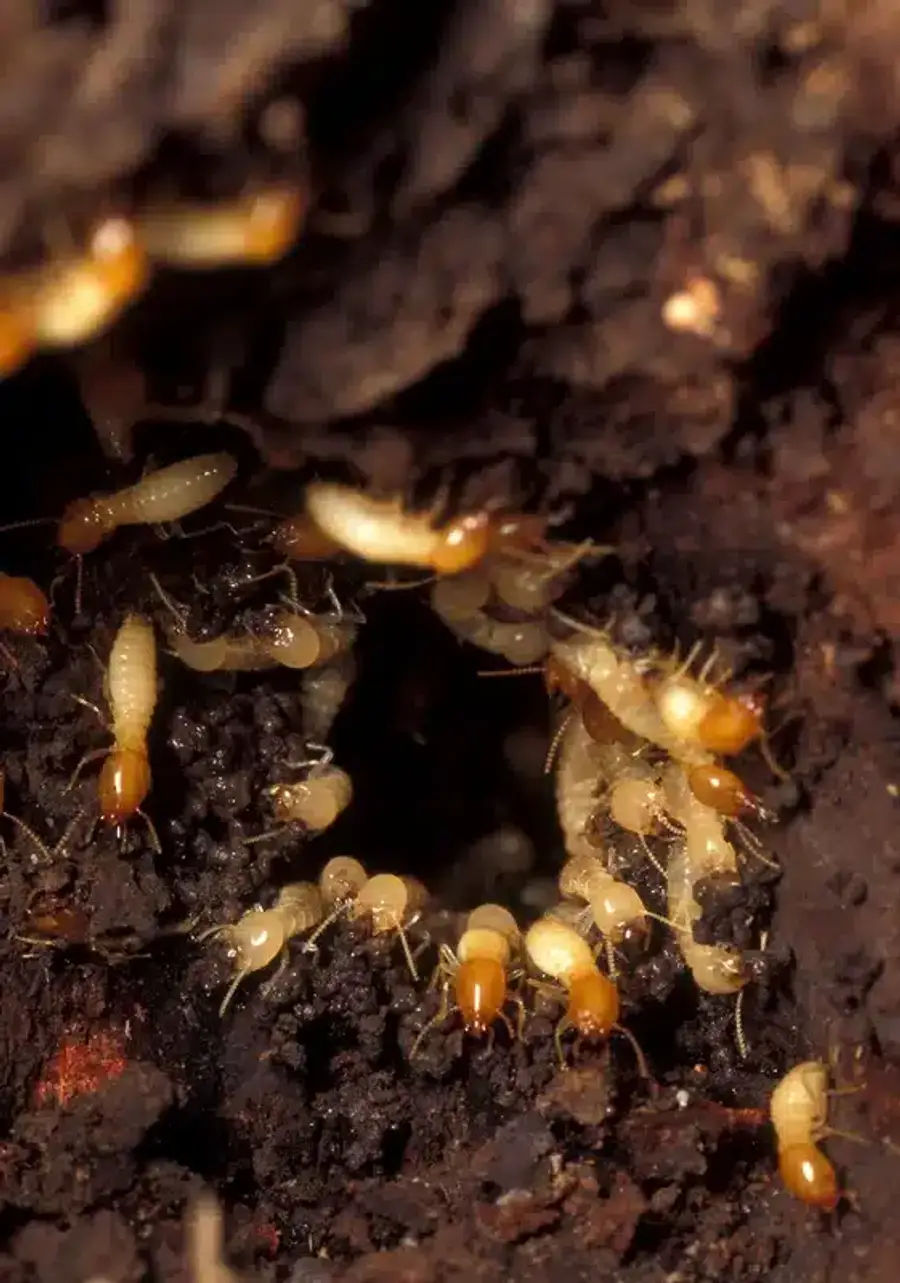

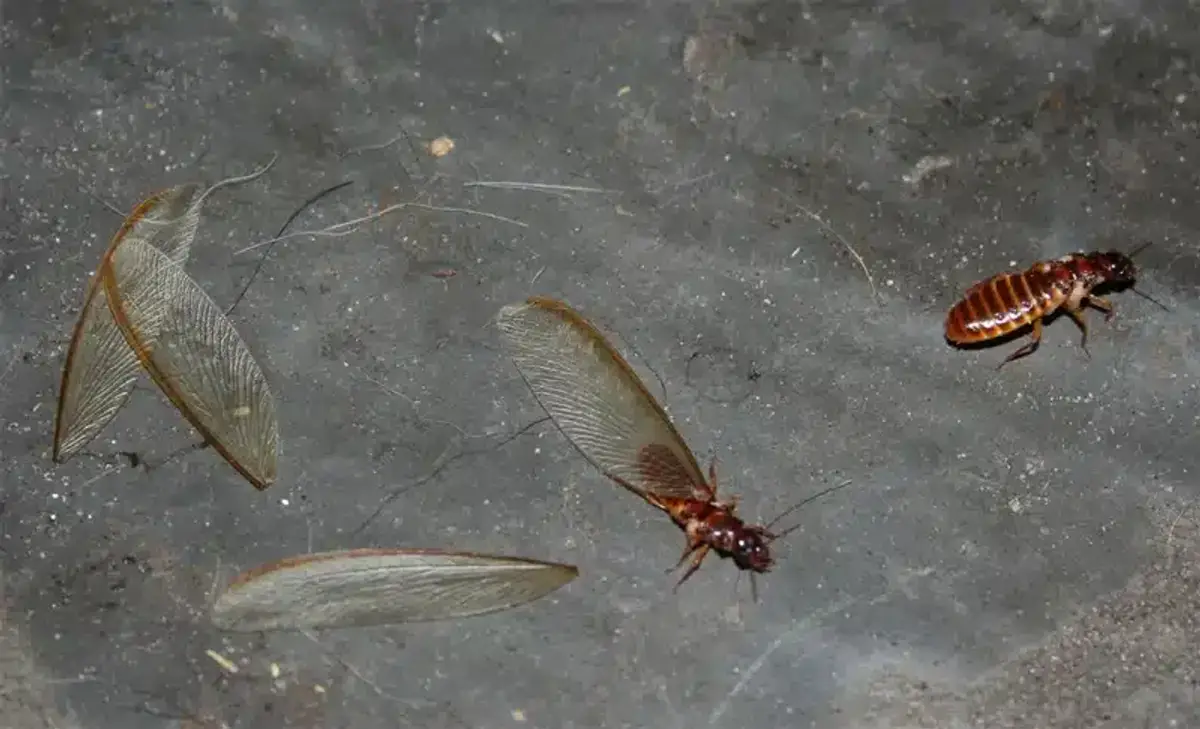
Through my experience with termite cases, starting with a proactive solution like Sentricon almost always proves more affordable than dealing with advanced damage. The monitoring approach catches termite activity early, before expensive repairs become necessary.
Annual termite warranty renewals typically cost $150 to $400 per year after initial installation. This ongoing protection provides tremendous value considering how to get rid of termites once they’ve established colonies.
Rodent Extermination Pricing for Trapping and Baiting Control
Rodent control averages $250 to $400 for one-time service, though rats can cost up to $1,200 if extensive trapping and repairs are needed. Our recurring rodent plans start around $39 monthly after setup fees.
Our comprehensive rodent guide explains why ongoing monitoring works better than one-time treatments. Rodents reproduce quickly, so effective protocols focus on sealing access points and maintaining bait stations.
In Old Town and similar areas, I see competitors trying to upsell full attic re-insulation, which is rarely needed. Lower-level baiting and access point sealing usually delivers better results without unnecessary high costs.
Specialized Chemical Pest Control for Spiders and Fleas
Flea control typically costs $100 to $400 per treatment, while spider control falls in the $100 to $400 range. Spider management often requires ongoing treatment because they reestablish quickly from neighboring properties.
We don’t handle bed bugs or wildlife issues like squirrels or bats, focusing instead on the pests where we deliver the best value. This specialization helps keep our control costs competitive while ensuring expertise.
Chemical and Physical Pest Control Methods for Insects and Rodents
Fixr’s cost analysis shows how treatment methods significantly impact pricing:
- Physical removal and traps: $100 to $600 for wildlife cages and rodent stations
- Chemical applications: $100 to $3,000 for interior and exterior treatments
- Fumigation services: $1,500 to $8,000 including gas monitoring and dwell-out periods
- Heat treatments: $1,000 to $3,500 per zone for specialized applications
The type of treatment method directly affects both immediate costs and long-term effectiveness. Our research team has removed 9 harsh chemicals commonly used in the industry, choosing alternatives like Essentria, Alpine, and Borate-based solutions that often require different application techniques.
Key Cost Drivers for Insect and Rodent Pest Control Methods
Severity of Infestation and Pest Biology
The severity of the infestation dramatically impacts exterminator cost. Minor infestations often require just perimeter treatment, while severe problems may need interior applications, monitoring devices, and multiple follow-up visits.
Different pests have varying reproductive rates and hiding behaviors. For example, a single pregnant mouse can produce dozens of offspring in months, making early intervention crucial for controlling costs.
Property Size and Access Challenges
Square footage affects material usage and treatment time. However, the location of the infestation often matters more than overall property size. Crawl spaces, attic access, and structural elements like brick veneer can significantly impact treatment complexity.
Depending on several factors like moisture conditions and entry points, the same pest problem might cost twice as much in one home versus another. Our 78-point inspection identifies these variables upfront.
Treatment Products and Environmental Compliance
Eco-friendly and organic formulations may carry a 10 to 30 percent premium over conventional products. However, these materials often provide longer-lasting results and align with environmental compliance requirements.
The EPA’s Integrated Pest Management guidelines emphasize using the least-risk approach first. This philosophy often reduces long-term costs by preventing resistance and environmental issues.
Seasonal Chemical Pest Control Pricing for Common Household Pests
Spring and Summer Peak Demand
Spring brings termite swarms and expanding ant colonies. Summer demand peaks for mosquito control and tick treatments. During these busy periods, exterminator cost may reflect higher demand, though most companies maintain consistent pricing.
Our SeasonGuard+ program addresses seasonal variations by scheduling 9 strategic treatments throughout the year. We skip November, December, and February when pest activity naturally decreases.
Fall Prevention and Winter Monitoring
Fall treatments focus on preventing overwintering pests like stink bugs from entering homes. Winter monitoring continues for rodents and moisture-related issues, often at reduced pricing since pest pressure decreases.
Many homeowners find winter an excellent time to establish annual programs, as pest control companies may offer incentives during slower periods.
Getting Accurate Quotes for Professional Insect and Rodent Control
Essential Questions for Local Exterminators
When you hire an exterminator, request a detailed pest inspection and written scope of work. Ask about the specific products they’ll use, follow-up policies, and whether treatments tend to cost extra if initial applications need reinforcement.
Key questions include coverage for different types of pest control services, response time for callbacks, and how they handle warranty claims. Professional exterminators should provide Safety Data Sheets for all chemicals and explain their treatment approach.
Understanding Service Inclusions and Hidden Fees
Much pest control pricing appears straightforward until you encounter additional fees. Cleanup costs, disposal charges, and equipment rental can add $100 to $400 to your bill.
Get quotes from multiple pest control experts, but focus on value rather than just price. Companies offering extremely low prices may cut corners on thoroughness, product quality, or follow-up service.
Making Smart Decisions About Chemical and Biological Pest Control for All Types
Based on my experience with hundreds of cases, I always tell customers to weigh not only average prices but what’s actually included at each service level. Starting with proactive protection typically costs less than waiting for problems to develop.
The type of pest you’re dealing with, the extent of the infestation, and your home’s specific vulnerabilities all affect the cost. However, investing in prevention and early detection usually provides the best return on your pest control investment.
Frequently Asked Questions About Exterminator Cost
How much do pest exterminators cost?
+
According to national data, pest exterminators typically charge between $108 and $261 per service, with a median around $171. However, pest control cost varies significantly based on the type of pest, severity of infestation, and treatment method required. Complex treatments can reach several thousand dollars.
Much does pest control cost for a one-time treatment?
+
One-time pest control treatments generally range from $100 to $600 for common insects like ants, spiders, or roaches. More challenging pests or severe infestations can cost $300 to $2,500 or higher, depending on the type of treatment needed and property size.
What affects the cost of pest control services?
+
Several factors impact exterminator cost including the type of pest you're dealing with, severity of the infestation, property size and square footage, treatment method selected, accessibility challenges, and desired warranty length. Geographic location and seasonal pest pressure also influence pricing.
How can I reduce my exterminator cost?
+
Choose proactive monitoring systems like Sentricon for termites rather than waiting for damage. Consider tri-annual or annual programs that prevent problems before they become expensive. Bundling multiple services often provides better value than handling each pest issue separately.
Do most pest control companies require contracts?
+
Many pest control companies offer both contract and month-to-month options. At Better Termite & Pest Control, we don't require binding contracts - you can cancel anytime with 30 days notice. This flexibility helps you try our service without long-term commitment.
When should I hire a professional exterminator?
+
Hire a professional exterminator when DIY methods fail, when dealing with dangerous pests like wasps, or when you notice signs of structural damage from termites or carpenter ants. Early professional intervention typically costs less than waiting until infestations become severe.
What's included in tri-annual pest control pricing?
+
Tri-annual pest control typically includes exterior perimeter treatments, spot interior applications as needed, monitoring and inspection reports, and free callbacks between scheduled visits. Many companies also include common pest prevention and seasonal adjustments to target different pest types.
How do pest control prices compare to DIY methods?
+
While DIY products seem cheaper initially, professional pest control often provides better long-term value. Professional exterminators use commercial-grade products, understand pest biology, and offer warranties. The cost to remove established infestations usually exceeds prevention costs.
With five years of hands-on experience in the pest control industry, George Schulz is a registered technician with the Virginia Pest Management Association and a proud third-generation professional in a family business that's been protecting homes for over 57 years. He manages and trains a team of service pros while also leading internal research efforts—recently spearheading a deep-dive review of thousands of documents on pest control materials to hand-pick the most kid and pet friendly, most effective solutions tailored specifically for homes in the DC metro area.
